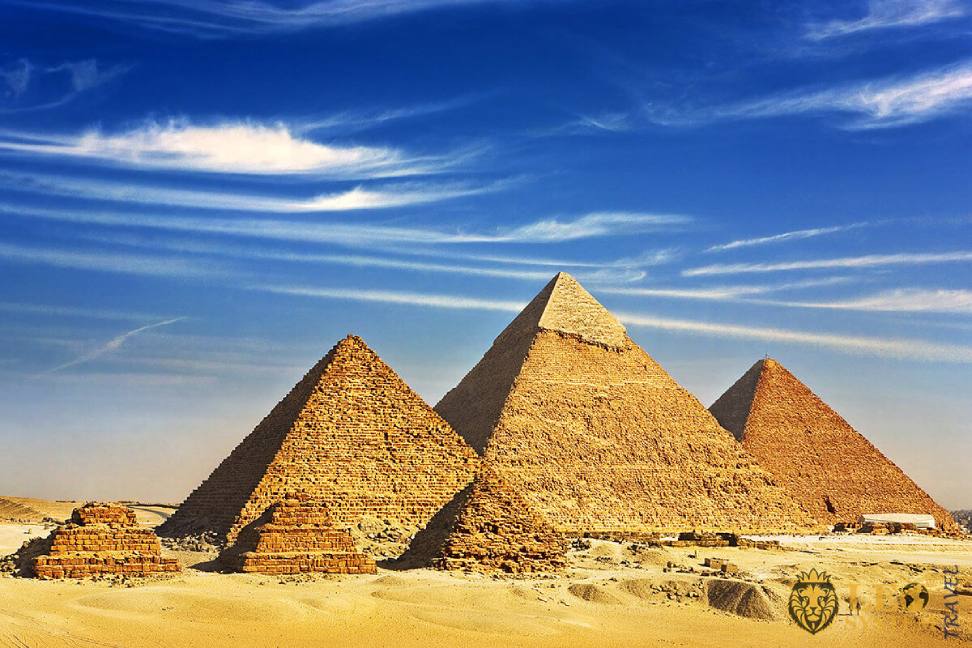Max66, Arsgroup777, ARS Group Exchange: The study of ancient civilizations continues to captivate historians, archeologists, and enthusiasts alike. Unearthing lost cities and cultures sheds light on the rich tapestry of human history, revealing the remarkable ingenuity and sophistication of our ancestors. From the grandeur of the Maya civilization in Mesoamerica to the enigmatic ruins of Pompeii in Italy, each discovery provides valuable insights into the societal structures, beliefs, and daily lives of past civilizations.
The excavation of these lost cities not only unveils architectural marvels but also unravels the intricate web of cultural practices and traditions that once thrived in these ancient societies. The labyrinthine streets of Petra in Jordan, the majestic temples of Angkor Wat in Cambodia, and the sprawling ruins of Machu Picchu in Peru stand as silent testimony to the enduring legacy of these forgotten civilizations. As we unearth these hidden gems of the past, we are faced with a mosaic of diverse cultures that have shaped the course of human civilization.
The Great Pyramids of Egypt: Secrets of Construction and Purpose
The construction of the Great Pyramids of Egypt remains a marvel of ancient engineering prowess. These colossal structures, built thousands of years ago, continue to astound researchers with their precision and complexity. The methods used to quarry, transport, and assemble the millions of stone blocks that make up the pyramids are still a subject of debate among historians and archaeologists.
One of the enduring mysteries surrounding the Great Pyramids is their purpose. While they are commonly associated with being tombs for pharaohs, some researchers propose alternative theories regarding their intended function. From serving as astronomical observatories to representing the sun god Ra’s journey through the sky, the true purpose of these monumental structures continues to fascinate and intrigue both experts and enthusiasts alike.
Mysterious Megalithic Structures: Stonehenge and Easter Island
Ars247, Wazeerexch, Peachexch: Stonehenge, located on Salisbury Plain in England, has puzzled historians and archaeologists for centuries with its massive stone circles and mysterious purpose. Believed to have been constructed around 3000 BC, the purpose of Stonehenge remains a subject of debate among experts. Some theories suggest it was an astronomical observatory, a sacred burial site, or a place of religious worship.
On the remote Easter Island in the Pacific Ocean, the Moai statues stand tall and enigmatic, captivating visitors and researchers alike. These giant statues, carved from volcanic rock, are believed to have been constructed between 1400 and 1650 AD by the Rapa Nui people. The purpose of these statues, and how they were transported and erected on the island, continues to be a source of fascination and speculation in the archaeological world.
What is Stonehenge?
Stonehenge is a prehistoric monument located in Wiltshire, England, consisting of a ring of standing stones.
How were the stones at Stonehenge transported and erected?
The exact methods used to transport and erect the stones at Stonehenge remain a mystery, but it is believed that they were moved using a combination of human labor, ropes, wooden sledges, and possibly rollers.
What is the purpose of Stonehenge?
The purpose of Stonehenge is still debated among archaeologists and historians, but it is believed to have been used for religious ceremonies, astronomical observations, or as a burial site.
What is Easter Island known for?
Easter Island, also known as Rapa Nui, is famous for its large stone statues called moai, which were carved by the indigenous people of the island.
How were the moai on Easter Island carved and moved?
The moai on Easter Island were carved from volcanic tuff using stone tools and were moved using a combination of ropes, wooden sledges, and possibly rollers.
What is the significance of the moai on Easter Island?
The moai on Easter Island are believed to have been representations of ancestors or powerful chiefs, and they were placed on stone platforms called ahu facing inland to overlook and protect the community.
Additional:
- How To Start A Digital Marketing Agency?
- How To Start A Software Development Agency?
- How To Start A Data Analytics Company: A Guide To Data-Driven Journey

